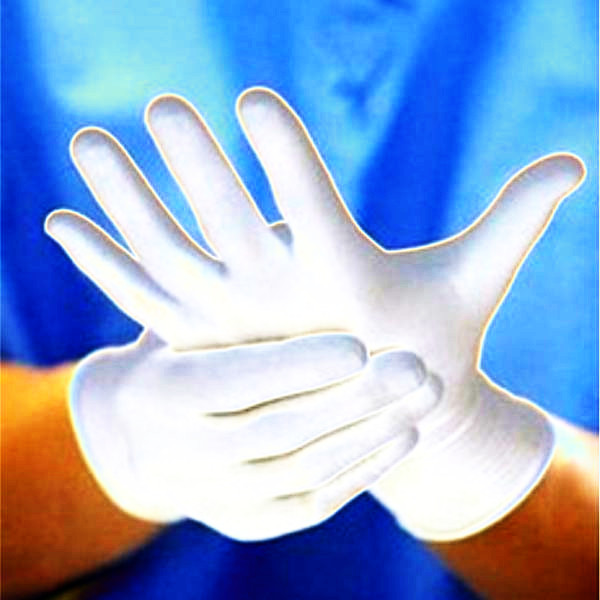Hospital safety worth billions
 A new report says taxpayers could be saved $1.5 billion if hospitals improved their safety.
A new report says taxpayers could be saved $1.5 billion if hospitals improved their safety.
The Grattan Institute has found patient complications - from bedsores to surgical mishaps - cost Australia's health system at least $5 billion a year.
The analysis finds that if all hospitals were up to the same safety standard as the top 10 per cent of facilities today, it would allow an extra 250,000 patients to go home complication-free each year.
Public hospitals get extra funding for treating a patient even if their condition was made worse by a complication suffered in the hospital.
The new analysis of Australia’s 20 biggest public hospitals shows that in every case, the cost of complications to the hospital was larger than the extra funding.
On average, a complication cost the hospital more than three times the extra revenue it received.
“Hospitals don’t need extra financial incentives to reduce complications,” the Grattan Institute says.
“Instead, they need better information, and accreditation systems that encourage useful improvements rather than ticking boxes.
“Complication rates and accreditation outcomes should be public, so that governments are held to account.
“Medical students should learn only in hospitals with lower complication rates.”
The new report calls on state governments to make it clear to hospitals that improving patient safety also boosts the bottom line.
It also suggests states should give public hospitals – and the public – information on the estimated cost of and revenue from complications.
Additionally, the report finds private health insurers would benefit from lower complication rates, so insurers should increase pressure on hospitals to improve their safety performance.
This could be achieved through contract negotiations and by making information on complication rates available to their members directly or through GPs.
“Australia’s hospital accreditation system has failed: it does not improve patient outcomes; doctors dismiss it as irrelevant or a waste of their time; it provides no incentives for excellent safety performance; and accreditation reports are kept secret,” Grattan says.
“‘One size fits all’ accreditation should be replaced with a system based on measurable safety outcomes, tailored to each hospital’s situation.”
The full report is accessible in PDF form, here.







 Print
Print